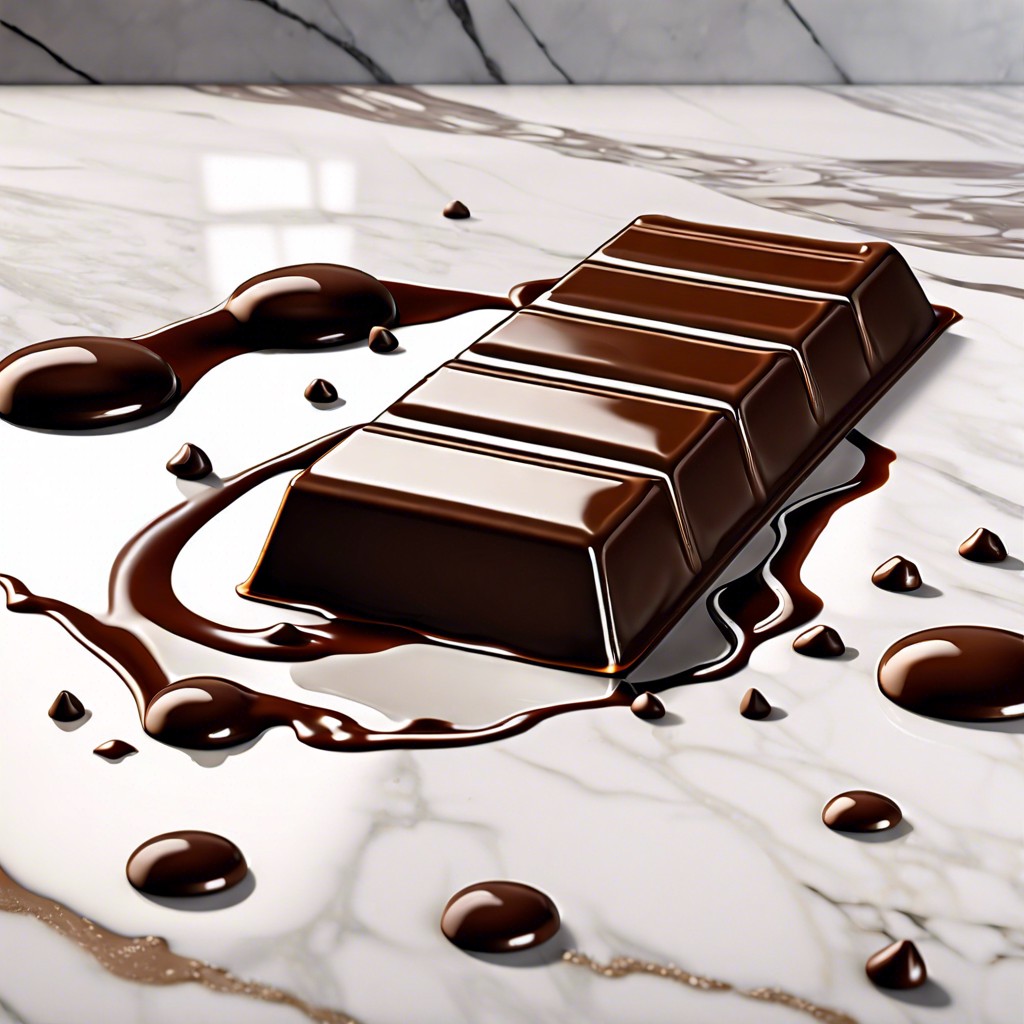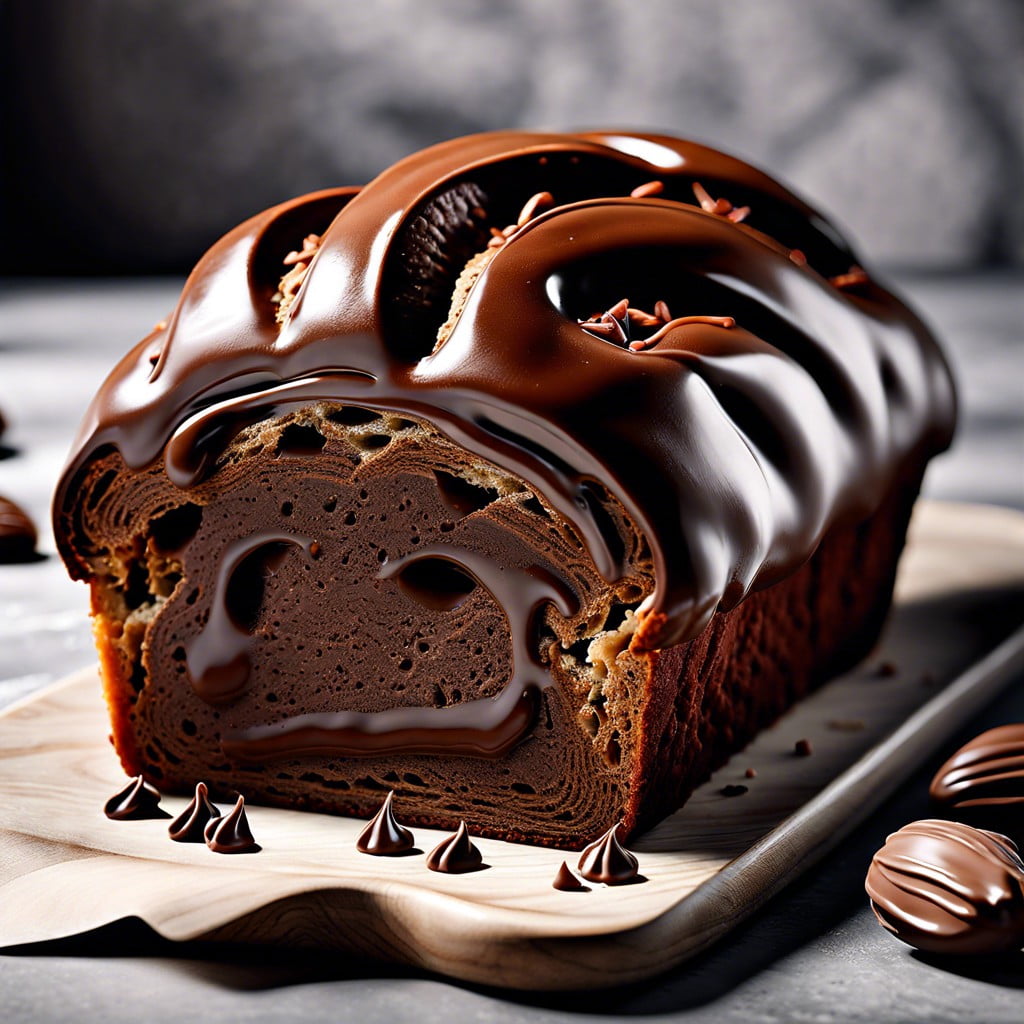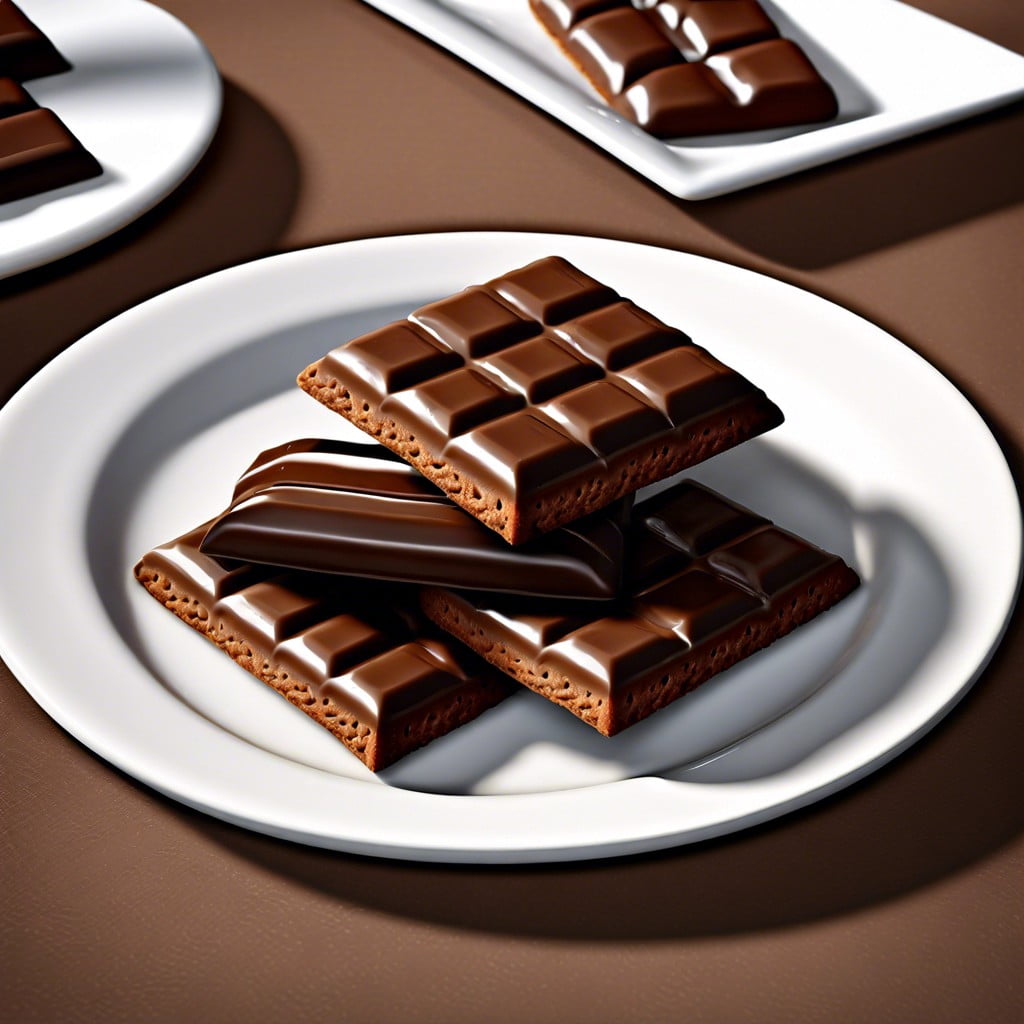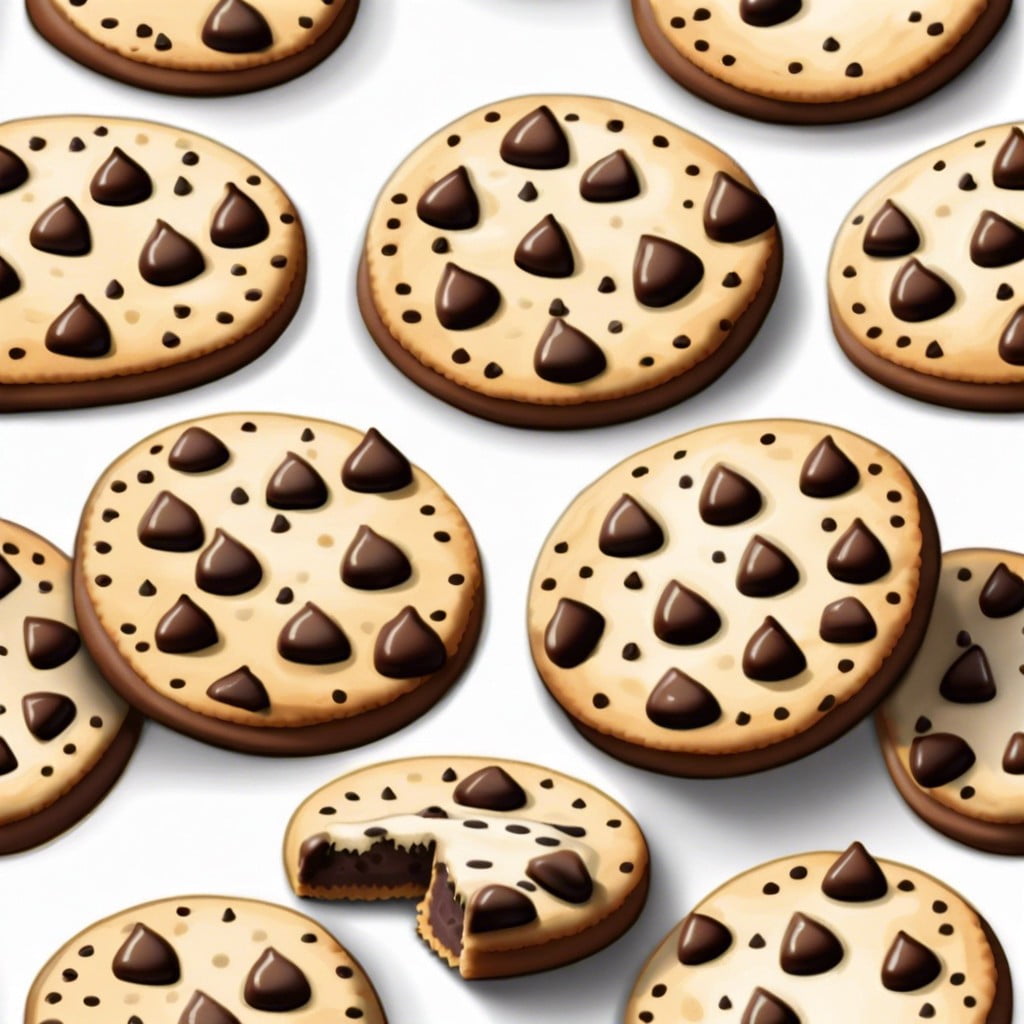Learn the melting point of chocolate and how to achieve the perfect melt for delectable results.
Key takeaways:
- Chocolate melts between 86°F (30°C) and 90°F (32°C).
- Different chocolate types have ideal melting temperatures.
- Tempering chocolate creates stability and glossy texture.
- Melting chocolate requires a gentle heat and monitoring temperature.
- Patience and attention to temperature yield professional results.
Inside
Melting Point

Chocolate starts to soften around body temperature, while it melts completely between 86°F (30°C) and 90°F (32°C). This temperature range is crucial because it’s low enough to keep the cocoa butter crystals stable but high enough to change the chocolate from a solid to a liquid.
Understanding the melting point is critical for working with chocolate. If heated too quickly or too high, chocolate can become gritty or too thick, as it scorches easily. Conversely, not heating chocolate sufficiently will result in lumpy or unevenly melted chocolate, which could spell disaster for your chocolate delicacies.
Always monitor the temperature with a reliable thermometer. A gentle heat is key. Whether you’re using a microwave with short bursts or a double boiler with a consistent source of gentle warmth, patience pays off. Remember, chocolate is sensitive—treat it with a delicate hand, and it’ll reward you handsomely.
Cocoa Butter Crystals and Melting Point
Cocoa butter contains various types of fat crystals, each with its own melting point. These crystals are key to a chocolate bar’s snap and sheen. Only the most stable form, known as beta crystals, give chocolate its desirable texture and gloss.
The presence of six different crystal forms explains why there is a range, rather than a single melting point for chocolate. For a luxurious mouthfeel, chocolatiers aim for a specific crystal form.
During the tempering process, chocolate is brought to the right temperature to encourage the formation of these beta crystals. This is why a glossy, firm finish and that satisfying snap are indicators of properly tempered chocolate.
To get these results, white chocolate should be kept near 86°F (30°C), milk chocolate around 88°F (31°C), and dark chocolate slightly higher at 90°F (32°C). These temperatures ensure that the cocoa butter is in the ideal state for crafting silky, snappy chocolate delights.
Ideal Temperatures for Different Chocolate Types
Chocolate is like a delicate flower – it thrives at the right temperatures. For dark chocolate, the sweet spot for melting is between 114°F and 118°F (46°C-48°C). Milk chocolate prefers a cozier range, typically between 105°F and 113°F (40°C-45°C). And white chocolate? It’s a bit more finicky, asking for a gentle heat between 104°F and 110°F (40°C-43°C). These temperatures are crucial for coaxing chocolate into that glossy, smooth texture we all love.
Tempering, a dance with heat, is key to maintaining chocolate’s snap and shine. Ignoring these specific temperature ranges can lead to a lackluster appearance and texture. Think of tempering as a form of chocolate etiquette; it respects the bean’s natural structure and rewards you with optimal melt-in-your-mouth pleasure.
When melting chocolate at home, keeping a vigilant eye on the temperature can result in confections that rival gourmet chocolatiers. A candy thermometer isn’t just a tool—it’s your best friend in ensuring your chocolate hits the perfect mark every time. Remember, patience bears the sweetest fruit, or in this case, the smoothest chocolate.
The Process and Importance of Tempering Chocolate
Tempering chocolate is akin to preparing a fine silk for a luxurious gown. It’s where the magic happens, giving chocolate that glossy finish and satisfying snap. The technique involves gently heating and cooling chocolate to stabilize the fat molecules within. Here’s why it’s a game-changer for chocolate aficionados and home confectioners alike:
- Tempering creates stability in chocolate, ensuring that it sets properly and maintains a glossy surface and smooth texture.
- It prevents the unattractive whitish-gray “bloom” that can occur when cocoa fats separate due to improper handling.
- When chocolate is tempered, it contracts slightly, making it easier to demold without cracking.
- Tempered chocolate has a higher melting point, which means it won’t melt in your hand as quickly as untempered chocolate.
Crafting well-tempered chocolate is essential for professional results in candies, truffles, and chocolate-coated treats. It’s the difference between a chocolatier’s masterpiece and an amateur’s attempt—striving to elevate humble cacao to artistry.
Step-by-Step Guide to Melting Chocolate At Home
Chop your chocolate into small, even pieces–this helps it melt uniformly.
Avoid water like a cat does a cold shower since even a drop can cause the chocolate to seize, turning it into a gritty mess.
Select a heat-proof bowl, place it snugly over a pot of simmering water without letting the water touch the bowl’s bottom – you’re setting up a double boiler, my friend.
Stir gently with a rubber spatula. Don’t rush it; think “slow dance,” not “mosh pit.”
Keep an eagle eye on the temperature: Aim for about 110°F (43°C) for dark chocolate, 108°F (42°C) for milk chocolate, and 110°F (43°C) for white chocolate. A thermometer isn’t just a nice-to-have; it’s your best bud here.
Once melted, remove from heat promptly. The chocolate’s still cooking, so a quick break from the heat helps prevent a scorched disaster.
If you’re tempering, this is your cue. If not, go ahead, dip those strawberries, drizzle over your cheesecake, or do a happy dance. You’ve earned it.




